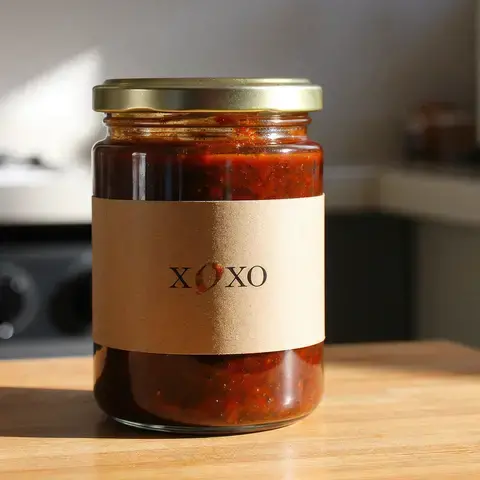You’d be forgiven if you thought, as I originally did, that the zoomakase (a portmanteau of ‘zoom’ and ‘omakase’ I first noticed in the Philadelphia Inquirer) is the latest trend to hit the New York City sushi scene. And by ‘zoomakase’ I refer to the proliferation of sushi restaurants offering hour-long experiences for often well under $100. The notion may have seemed absurd merely two years ago, but here we are, in New York City, where the zoomakase is ubiquitous and unavoidable.
But is speeding through a typically two or three-hour affair truly the new norm? As the omakase becomes more commonplace in concept, how are the establishments that are upholding the omakase’s origins as a conversation with the chef doing? That is, a conversation wherein the diner places all trust and decisions with the chef?
The zoomakase, and the democratisation of the omakase and luxury Japanese ingredients associated with it, seem to have stirred several reactionary trends in fine-dining sushi establishments. As totems of Japanese luxury are becoming more accessible through multiple channels, how are long-standing Japanese sushi restaurants in New York staying ahead? I spoke with experts and sushi chefs, both established and fresh on the scene, to find out how the zoomakase can even exist, and how they’re carving out different lanes for the omakase structure in their fine-dining establishments.













